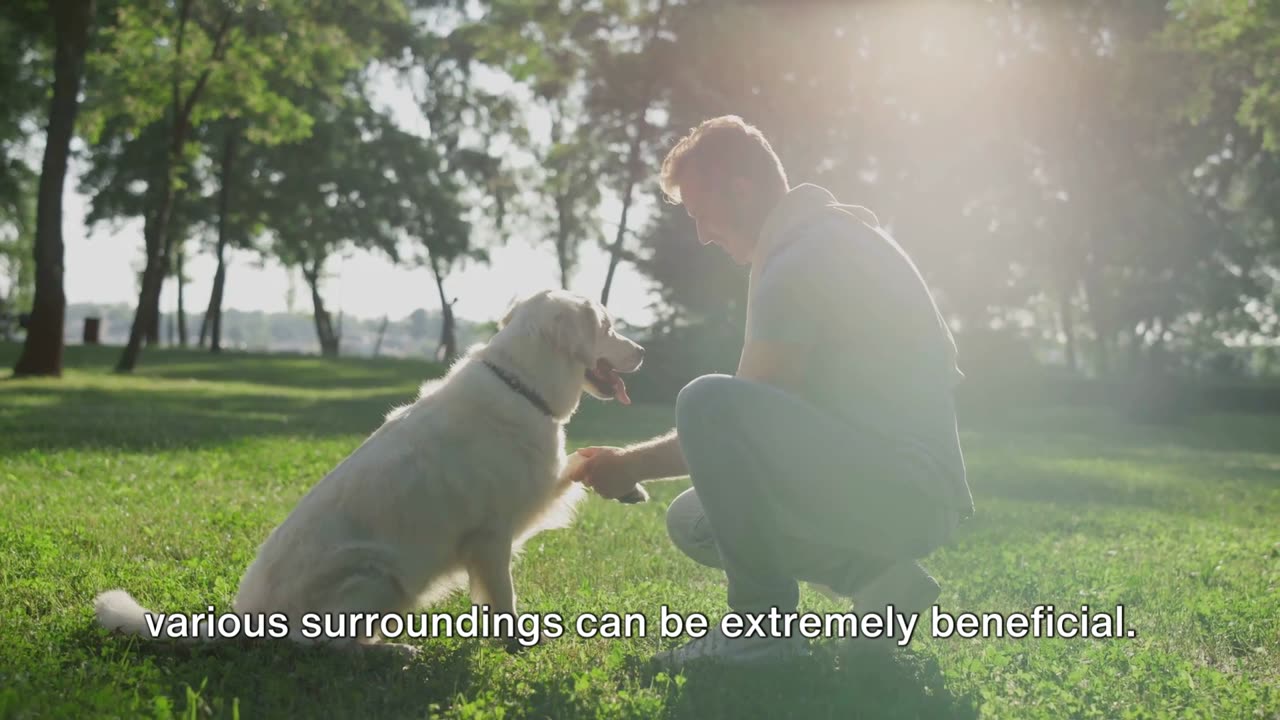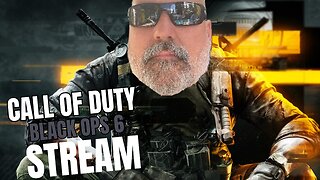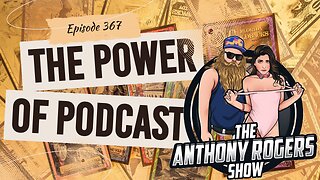Premium Only Content

Proven Techniques for Obedient dog Companions
Fundamentals of dog training techniques:
1. **Positive Reinforcement**:
- Positive reinforcement is a training technique that rewards desired behaviors with treats, praise, or toys.
- It strengthens the bond between the dog and the owner by creating a positive association with good behavior.
- This technique encourages dogs to repeat behaviors that earn rewards, making it effective for teaching commands and shaping desired behaviors.
- Positive reinforcement is based on the principles of operant conditioning, focusing on rewarding behaviors rather than punishing unwanted behaviors.
- It can be used to train dogs of all ages and breeds and is particularly effective for building confidence in shy or fearful dogs.
2. **Clicker Training**:
- Clicker training is a form of positive reinforcement that uses a small device called a clicker to mark desired behaviors.
- The clicker emits a distinct sound, signaling to the dog that they have performed the correct behavior and will receive a reward.
- Clicker training allows for precise timing, making it effective for shaping complex behaviors and capturing split-second actions.
- It helps dogs understand exactly which behavior is being rewarded, leading to faster learning and clearer communication between the dog and the trainer.
- Clicker training is widely used in obedience training, agility, and other dog sports due to its versatility and effectiveness.
3. **Marker Training**:
- Marker training is similar to clicker training but uses verbal markers such as "yes" or "good" instead of a clicker.
- Verbal markers serve the same purpose as a clicker, signaling to the dog that they have performed the correct behavior and will receive a reward.
- Marker training allows trainers to communicate with their dogs from a distance and in various environments where using a clicker may not be practical.
- It can be combined with other training techniques, such as luring and shaping, to teach complex behaviors and improve obedience.
4. **Lure and Reward**:
- Lure and reward training involves using a treat or toy to guide the dog into performing a desired behavior.
- The trainer uses the lure to attract the dog's attention and guide them into the desired position or action, such as sitting or lying down.
- Once the dog performs the desired behavior, they are rewarded with the treat or toy, reinforcing the behavior.
- Lure and reward training is effective for teaching basic obedience commands and shaping behaviors in young or inexperienced dogs.
- It should be accompanied by fading the lure gradually, so the dog learns to respond to verbal cues rather than relying on the presence of a lure.
5. **Capturing Behavior**:
- Capturing behavior involves rewarding the dog for spontaneously performing a desired behavior without any prompting from the trainer.
- The trainer observes the dog closely and rewards them immediately when they exhibit the desired behavior, such as sitting or shaking paws.
- Capturing behavior relies on timing and patience, as the trainer must be ready to reward the behavior as soon as it occurs.
- This technique is particularly effective for shaping behaviors that occur naturally and can be difficult to train using other methods.
6. **Shaping**:
- Shaping is a training technique that involves gradually molding a desired behavior by rewarding successive approximations of that behavior.
- The trainer breaks down the desired behavior into small, achievable steps and rewards the dog for each step towards the final behavior.
- Shaping requires patience and consistency, as the trainer must be able to recognize and reward small improvements in the dog's behavior.
- It is an effective technique for teaching complex behaviors, such as agility obstacles or tricks, by building upon the dog's existing skills and abilities.
7. **Desensitization and Counterconditioning**:
- Desensitization and counterconditioning are techniques used to modify a dog's emotional response to a particular stimulus, such as loud noises or strangers.
- Desensitization involves gradually exposing the dog to the stimulus at a low intensity, allowing them to become accustomed to it over time.
- Counterconditioning involves pairing the presence of the stimulus with something the dog enjoys, such as treats or play, to create a positive association.
- These techniques are often used to help dogs overcome fears, anxieties, and phobias by replacing negative emotions with positive ones.
-
 6:43:13
6:43:13
Illyes Jr Gaming
7 hours agoTuesday Night Gaming On RUMBLE
61.1K -
 1:49:33
1:49:33
AlaskanBallistics
7 hours ago $2.13 earnedI Love This Gun Podcast #36
34K12 -
 56:40
56:40
Anthony Rogers
13 hours agoEpisode 367 - The Power of Podcast
42.5K4 -
 1:00:41
1:00:41
BonginoReport
10 hours agoManosphere Pod Red Pills Bernie?! - Nightly Scroll w/ Hayley Caronia (Ep.52) - 05/20/2025
362K85 -
 6:33:32
6:33:32
Jorba4
9 hours ago🔴Live-Jorba4- Rainbow Six Siege W/ ZerrickGaming
26.5K1 -
 14:29
14:29
Deskofpompliano
10 hours ago $4.36 earnedRetail Investor Are Eating Wall Street’s Lunch
53.2K3 -
 4:38:26
4:38:26
EnDuEnDo
8 hours ago🚨Variety Stream 🎮 Push to 500 Followers 🚀 Chill Vibes 😎
16K -
 1:23:59
1:23:59
Kim Iversen
1 day agoKash & Bongino Say Epstein Killed Himself — Who Are They Covering For?
204K210 -
 21:09
21:09
Michael Franzese
11 hours agoCNN’s Cartel Interview EXPOSED What’s Really Going On
83.7K32 -
 47:42
47:42
Sarah Westall
8 hours agoWho Really Runs Hollywood? Crime & Soulless Messaging w/ Counterculture Mom Tina Griffin
30K6